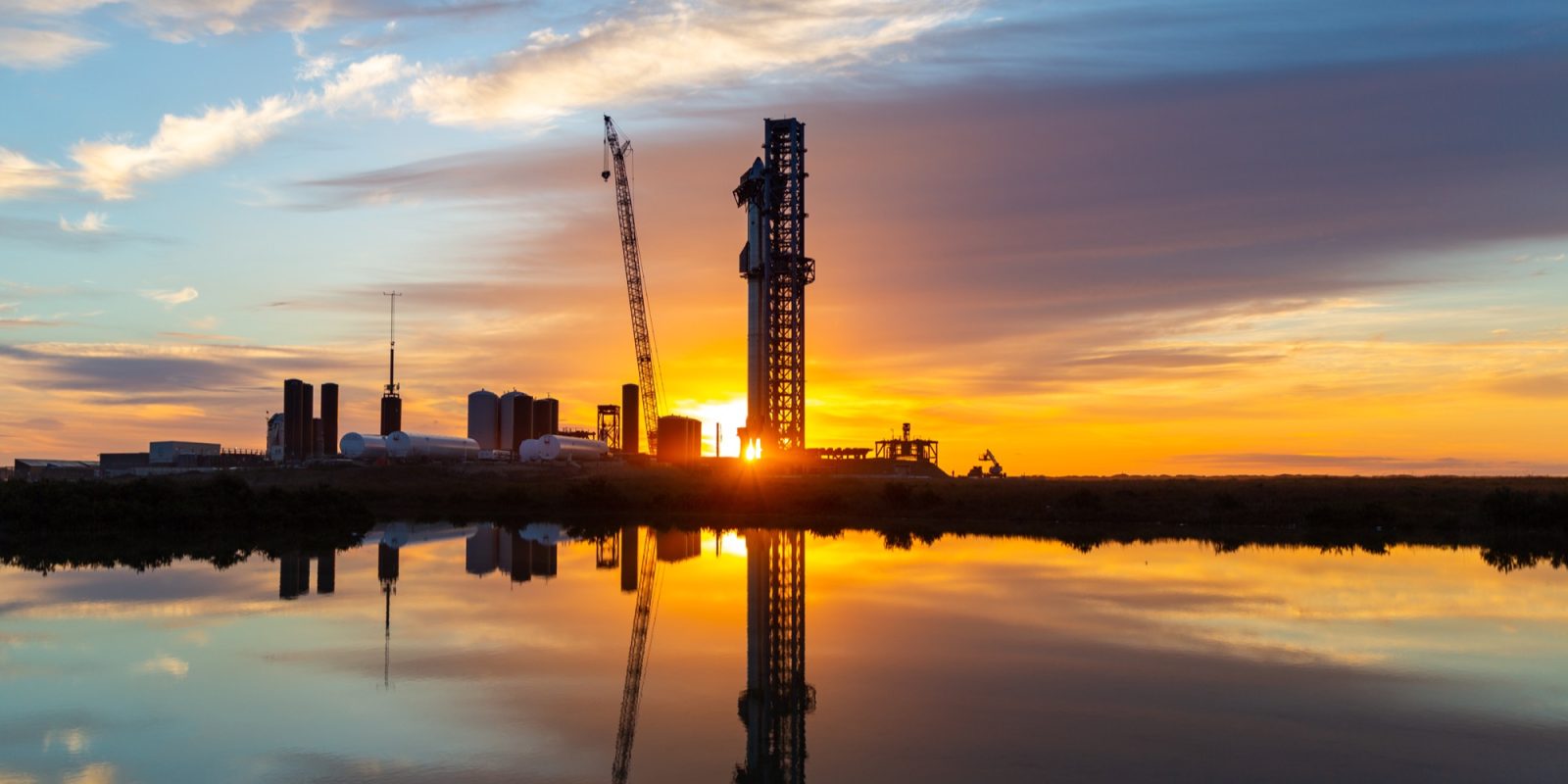
SpaceX launched its final mission of the year early this morning. Unshockingly to anyone, that was a batch of Starlink satellites. Tomorrow starts a whole new year of launching rockets, but how did SpaceX do in 2024? What sort of takeaways can we get for what we’ll see in 2025?
After tracking all of SpaceX’s launches over the year, here are the highlights.
Starship launches double, expect 6x in 2025
SpaceX launched four Starship test flights in 2024, doubling what it did in 2023 when full-stack flights began. Most of the year was met with back-and-forth between SpaceX, mostly Elon Musk, and the FAA on getting approval to fly. It wasn’t until Flight 6, the final flight of the year, that SpaceX’s launch timeline wasn’t entirely set on waiting for FAA approval.
At the start of the year, Flight 3 could have been considered a hot mess. The Booster was destroyed shortly after its landing burn began, and the Ship was unable to maintain altitude control in space, breaking up during reentry. This was far from what SpaceX was hoping to complete on the test flight. But test flights are test flights for a reason; the data was more important than any other milestones Starship could have met.
Flight 4 saw successful controlled landings for both the Booster and Ship; then Flight 5 wowed the world with SpaceX catching the Booster with its tower. While Flight 6 saw a tower abort of the catch, it didn’t take away any piece of the excitement.
SpaceX is likely to gain approval for 25 Starship launches and landings from Starbase by the FAA, and the company is planning to use all the changes it can. That would be a six times increase in launches compared to 2024. Even crazier, that would mean launches nearly every other week.
The Starship teams in Texas are already underway, getting not just Flight 7‘s but also Flight 8’s hardware ready to fly. And Flight 9’s hardware isn’t that far behind.
SLC-40 still the launch pad turnaround king
SpaceX has three launch sites it leases from the Space Force and NASA to conduct its Falcon 9 and Heavy missions. One is in California at Vandenberg Space Force Base and has seen a nearly doubled launch cadence since 2023. Two are in Florida: the historic LC-39A, which has seen the bulk of human spaceflight missions, both Falcon Heavy flights, and other extremely important flights for NASA and other entities.
The last pad is SLC-40, located just a few miles south on Cape Canaveral Space Force Station. In total, SLC-40 saw 62 Falcon 9 launches in 2024; that’s nearly two-thirds of all SpaceX launches for the entire year.
The company has put a lot of work into the pad over this year and last to reduce downtime. SLC-40 saw several two- and three-launch weeks over the year, while LC-39A usually saw long turnaround missions that used the Falcon Heavy, crew, or important NASA missions.
SLC-40 also gained a new skill in 2024: crewed launches. The addition of the launch tower and crew access arm allowed Dragon missions to return to the pad since the retirement of the first-generation spacecraft. SLC-40 saw one crewed and one cargo mission this year and will likely see more as the demand for private access to LEO increases.
It’s still not 100% known how SpaceX plans which pad sees what missions, but it would be safe to bet that SLC-40 will see the majority of 2025 launches.
SpaceX nails droneship landings 106 times
On the other side of the launch record for this year, SpaceX landed 130 boosters in 2024. There are two ways Falcon 9 and Heavy boosters can land: at a landing pad back on land or out at sea on a droneship. With the vast majority of SpaceX’s missions requiring the high end of the Falcon’s ability, droneships are the preferred method.
SpaceX was able to land the Falcon booster 106 times on a droneship with only one failure. Back in the early days of SpaceX droneship landings, groups would play games to see where on the droneship boosters would land; however, now almost every booster lands in the center.
Of those 106 droneship landings, the landings were mostly split evenly across the company’s three droneships. Of Course I Still Love You, SpaceX’s West Coast droneship, saw the most with 39 landings. Over on the East Coast, droneships Just Read The Instructions and A Shortfall of Gravitas saw a nearly even split of 32 and 33 landings, respectively.
SpaceX is hoping for nearly a doubling of launches from Vandenberg, bringing it in the range of matching Florida’s 2024 launch rate. So, will SpaceX need a fourth droneship?
Starlink takes up 2/3 of Falcon launches
Carrying the weight for why we see such large launch and landing numbers from SpaceX is the demand for more Starlink satellites in orbit. We already discussed the benefits of more satellites in orbit in our discussion about why SpaceX is upping its launch cadence in California.
Between deorbiting older satellites, increasing capacity, and expanding its coverage, SpaceX also has a new feature to add to its satellites: direct-to-cell. SpaceX has been expanding its partnerships for direct-to-cell service across the country. It currently has approval to operate in the US through T-Mobile.
This technology requires new equipment on the satellites, which means new launches of Starlink satellites. However, not every satellite gets this technology. It’s possible these satellites are just more difficult to produce, or SpaceX needs fewer of them, but usually only half or less of a batch of satellites are direct-to-cell capable.
No one is immune to failures
We also learned in 2024 that SpaceX is just as susceptible to launch issues as any other company. After years of a perfect launch record, SpaceX suffered a failure of its second stage on a Starlink mission. This triggered a mishap investigation by the FAA and a grounding of all Falcon 9 rockets.
This happened a second time after a failed landing, which shocked many that a bad landing was now considered a mishap. Then third grounding took place after a second stage had an off nominal reentry burn.
The groundings triggered many to realize that America’s reliance on SpaceX might be a bit too much. During those times, it would have been a heavy risk to fly any crew or national security mission on a Falcon 9 as there weren’t any other options available. There still aren’t any other crew or NSSL launcher that could take on a rapid launch other than SpaceX. That might change in 2025.
FTC: We use income earning auto affiliate links. More.




Comments